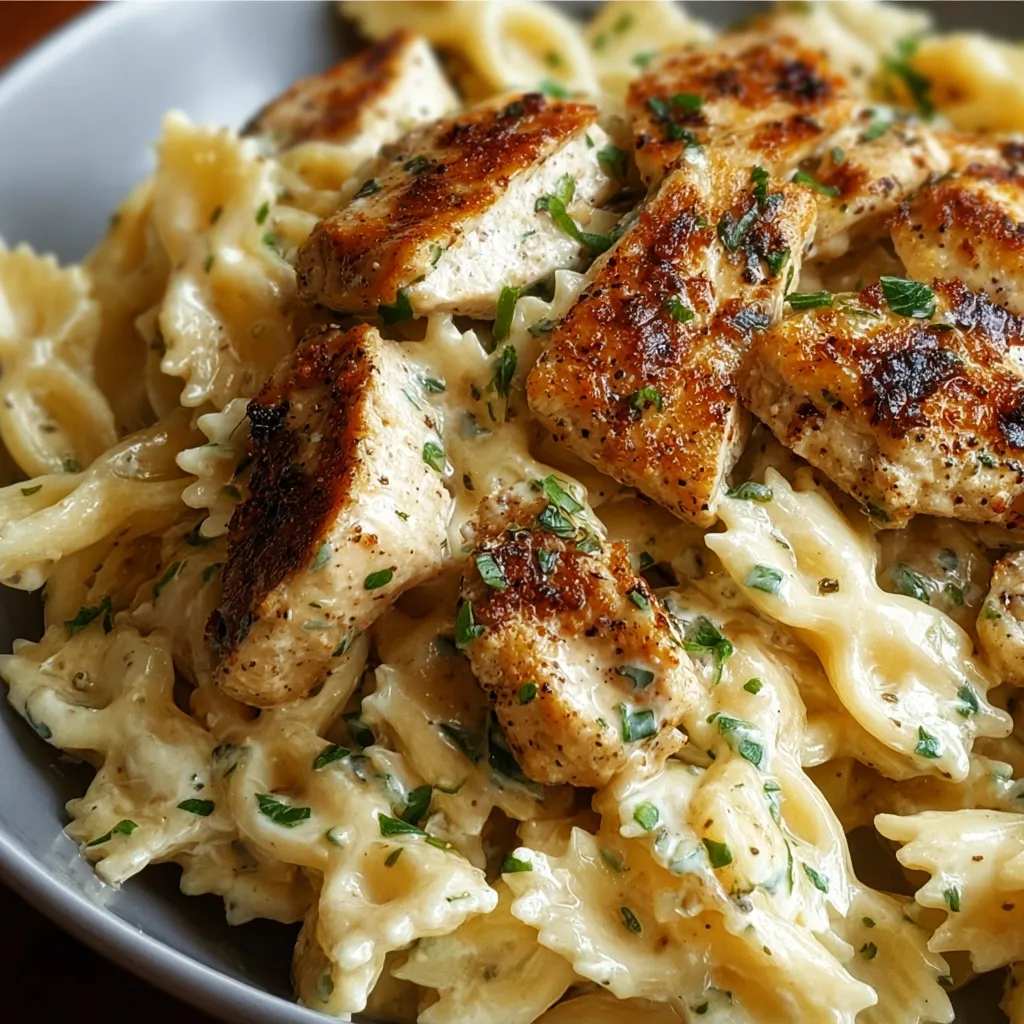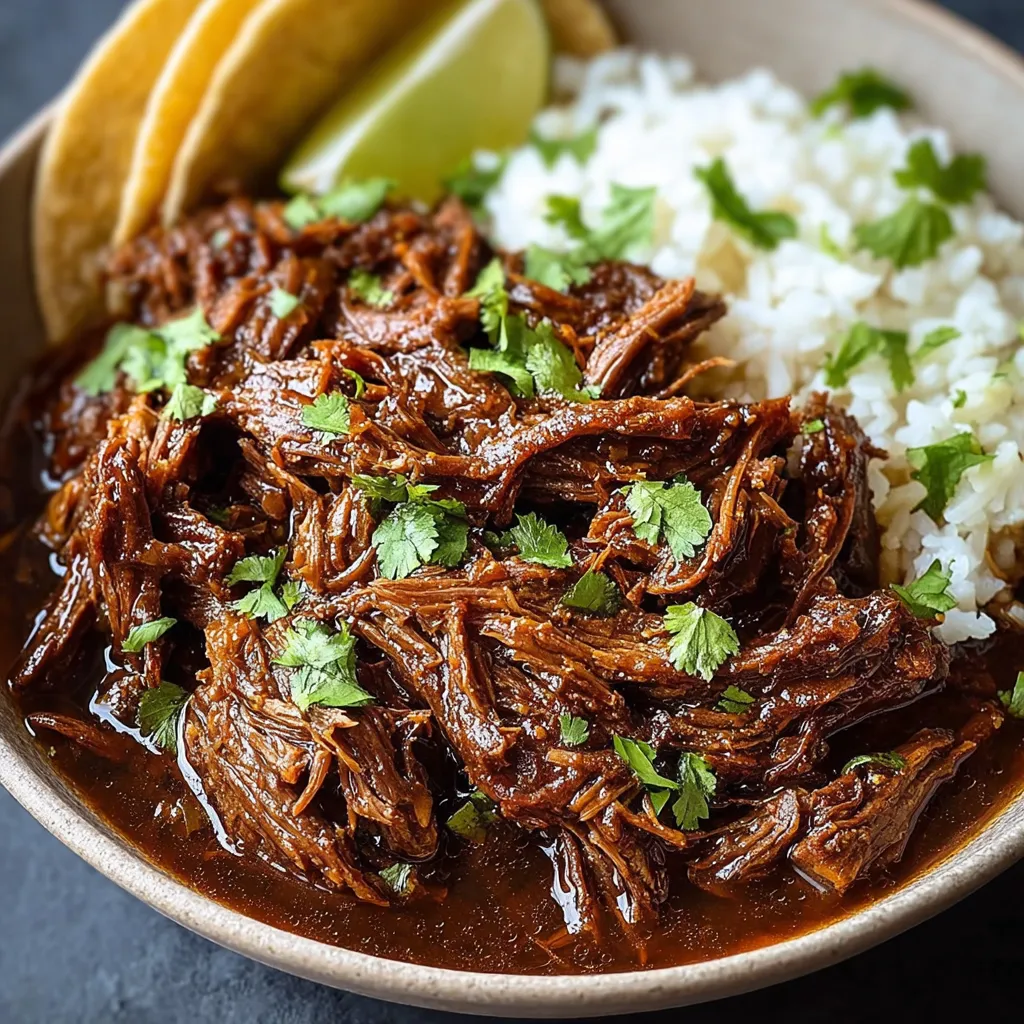The Meltdown: Understanding the Science of Creamy Cheese Sauces
The secret to a great Boursin Chicken Pasta lies in understanding the science behind creating a smooth, creamy, and stable cheese sauce. Cheese, in its essence, is an emulsion of fat, water, and protein. When heated, these components can separate, leading to a grainy or oily sauce – the dreaded “break.” Boursin, a soft, creamy cheese, is particularly susceptible to this because of its high moisture and fat content. The key is to emulsify the cheese properly. Emulsification is the process of dispersing one liquid (in this case, melted cheese fat) into another (the pasta water or cream) in a stable manner. This requires a bit of finesse. Rapid heating can cause the proteins in the cheese to seize up, squeezing out the fat and water. Slow, gentle heating, combined with a thickening agent like pasta water (starch!) or a touch of cream, allows the cheese to melt evenly and create a velvety sauce. Additionally, acids (like lemon juice) can sometimes disrupt the protein structure, further contributing to separation. This is why controlling the order of ingredient addition is crucial. Also, consider how similar the base flavors are to Chicken Scampi Pasta, but with a very different flavor profile due to the cheese.The Alchemist’s Notebook: The Ultimate Boursin Chicken Pasta Recipe
 Here’s the recipe I’ve refined through rigorous testing (and a few delicious failures):
Here’s the recipe I’ve refined through rigorous testing (and a few delicious failures):
Ingredients:
- 1 pound pasta (penne, rigatoni, or farfalle work well)
- 1.5 pounds boneless, skinless chicken breasts, cut into 1-inch pieces
- 1 tablespoon olive oil
- 1 medium onion, finely chopped
- 2 cloves garlic, minced
- 1 (5.2 ounce) package Boursin cheese (garlic & fine herbs flavor)
- 1/2 cup heavy cream
- 1/2 cup reserved pasta water
- 1/4 cup grated Parmesan cheese
- 2 tablespoons chopped fresh parsley
- 1 tablespoon lemon juice (optional, but brightens the flavor)
- Salt and freshly ground black pepper to taste
- Red pepper flakes (optional, for a touch of heat)
Instructions:
- Cook the pasta according to package directions until al dente. Reserve 1 cup of pasta water before draining.
- While the pasta is cooking, heat the olive oil in a large skillet over medium-high heat. Season the chicken with salt, pepper, and red pepper flakes (if using). Cook the chicken until golden brown and cooked through, about 6-8 minutes. Remove the chicken from the skillet and set aside.
- Add the chopped onion to the skillet and cook until softened, about 3-5 minutes. Add the minced garlic and cook for another minute until fragrant.
- Reduce the heat to low. Add the Boursin cheese and heavy cream to the skillet. Stir constantly until the cheese is melted and the sauce is smooth, about 2-3 minutes. If the sauce is too thick, add a tablespoon or two of the reserved pasta water at a time until it reaches your desired consistency.
- Stir in the Parmesan cheese and lemon juice (if using). Season with salt and pepper to taste.
- Add the cooked pasta and chicken to the skillet. Toss to coat everything evenly with the sauce.
- Garnish with fresh parsley and serve immediately.
Adventures in Cheeseland: My Boursin Chicken Pasta Investigation
The Initial Stumble: Underestimating the Boursin
My first few attempts were a disaster. Like many of you, I initially thought, “Just melt the cheese and add pasta!” The result? A clumpy, oily mess. The Boursin separated almost immediately. I realized I needed to approach this with a scientific mindset. Also, I considered other creamy pasta alternatives like Creamy Tomato Chicken Pasta which doesn’t rely solely on cheese.The “Aha!” Moment: Pasta Water to the Rescue
Then, I had an “Aha!” moment. I remembered reading about using pasta water to thicken sauces. The starch in the pasta water acts as a natural emulsifier and helps to bind the cheese, fat, and liquid together. I started reserving pasta water and adding it gradually to the melting Boursin. This made a huge difference! The sauce became noticeably smoother and more stable.The Cream Conundrum: To Cream or Not to Cream?
Next, I experimented with the amount of cream. Some recipes called for a lot of cream, while others used none. I found that a small amount (about 1/2 cup) helped to create a richer, more luxurious sauce without making it too heavy. Too much cream masked the delicate flavor of the Boursin. I also briefly considered the flavor profiles of Chicken Pesto Pasta and wondered if incorporating pesto elements would work.The Acid Test: Lemon Juice for Brightness
Finally, I experimented with adding a touch of acidity. The Boursin is rich, and I felt it needed something to cut through the richness. A squeeze of lemon juice at the end brightened the flavor and added a welcome zing. However, too much lemon juice caused the sauce to curdle slightly, so I learned to use it sparingly. This step truly elevated the dish, similar to how Garlic Butter Chicken Pasta uses lemon for similar results.The Chicken Challenge: Timing is Everything
Initially, I was just throwing the chicken in at the end, but it wasn’t absorbing enough flavor. Pre-cooking it and then re-introducing it to the sauce allowed it to mingle and become more flavorful. This also ensured it was perfectly cooked every time.The Foolproof Formula: Mastering the Boursin Chicken Pasta Technique
Here’s the foolproof method I developed, distilled from my experiments:- Cook Pasta Al Dente & Reserve Water: This is crucial for the starch content, which acts as the emulsifier.
- Pre-Cook Chicken: Season and cook separately to ensure proper cooking and better flavor absorption.
- Sauté Aromatics: Cook the onion and garlic until fragrant to build a flavor base.
- Low and Slow Cheese Melt: Reduce heat to low before adding the Boursin and cream. Stir constantly.
- Emulsify with Pasta Water: Gradually add reserved pasta water to achieve the desired consistency. Don’t add it all at once!
- Finish with Acid: A touch of lemon juice (optional) brightens the flavor, but use sparingly.
- Combine and Serve Immediately: Add the pasta and chicken to the sauce, toss to coat, and serve immediately.
Why did the author’s initial attempts at making Boursin Chicken Pasta fail?
The initial attempts failed because the Boursin cheese separated, resulting in a clumpy, oily mess. The author initially thought simply melting the cheese and adding pasta would work, but this led to the cheese not emulsifying properly.
What is the purpose of reserving pasta water when making the Boursin Chicken Pasta?
The pasta water is crucial because the starch it contains acts as a natural emulsifier. This helps to bind the cheese, fat, and liquid together, creating a smoother and more stable sauce.
Why is it important to add the Boursin cheese and cream over low heat?
Reducing the heat to low before adding the Boursin cheese and cream is important to prevent the cheese from separating. Slow, gentle heating, combined with stirring, allows the cheese to melt evenly and create a velvety sauce.
What does adding lemon juice do to the Boursin Chicken Pasta, and what is the risk?
Adding a touch of lemon juice brightens the flavor of the dish and cuts through the richness of the Boursin cheese. However, too much lemon juice can cause the sauce to curdle slightly, so it should be used sparingly.

ULTIMATE BOURSIN CHICKEN PASTA
Ingredients
Equipment
Method
- Cook the pasta according to package directions until al dente. Reserve 1 cup of pasta water before draining.
- While the pasta is cooking, heat the olive oil in a large skillet over medium-high heat. Season the chicken with salt, pepper, and red pepper flakes (if using).
- Cook the chicken until golden brown and cooked through, about 6-8 minutes. Remove the chicken from the skillet and set aside.
- Add the chopped onion to the skillet and cook until softened, about 3-5 minutes. Add the minced garlic and cook for another minute until fragrant.
- Reduce the heat to low. Add the Boursin cheese and heavy cream to the skillet. Stir constantly until the cheese is melted and the sauce is smooth, about 2-3 minutes. If the sauce is too thick, add a tablespoon or two of the reserved pasta water at a time until it reaches your desired consistency.
- Stir in the Parmesan cheese and lemon juice (if using). Season with salt and pepper to taste.
- Add the cooked pasta and chicken to the skillet. Toss to coat everything evenly with the sauce.
- Garnish with fresh parsley and serve immediately.




